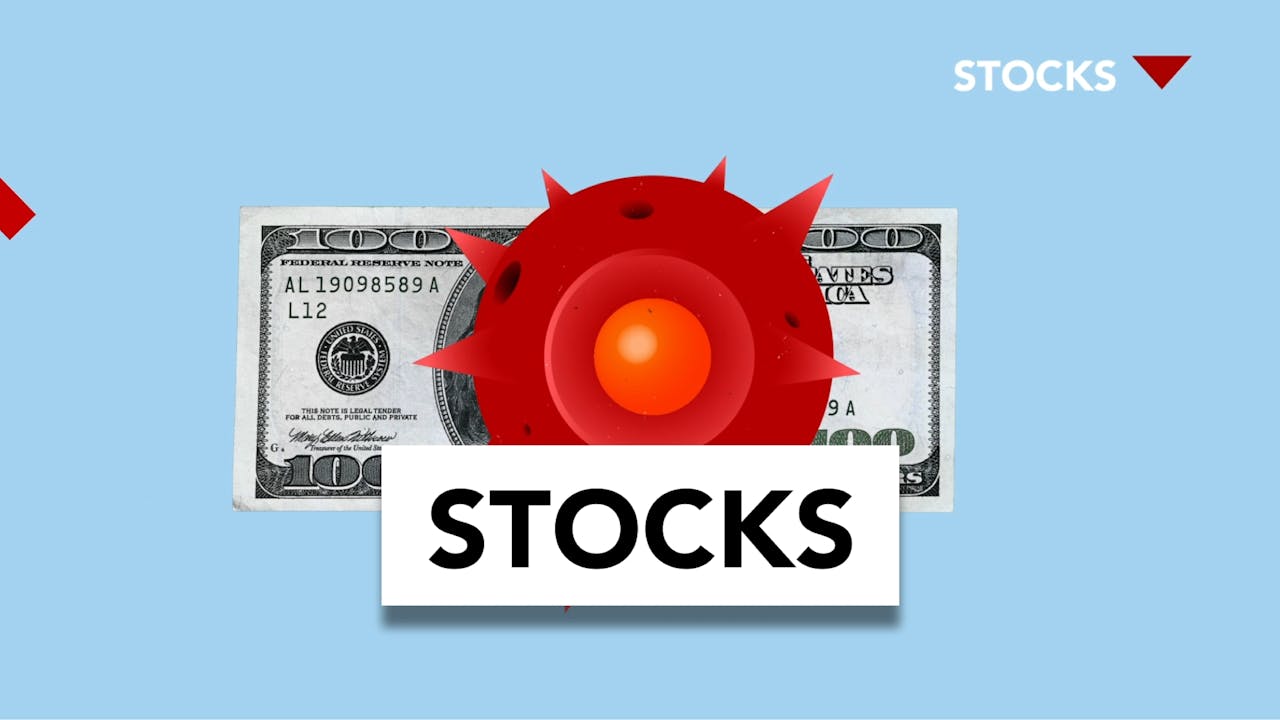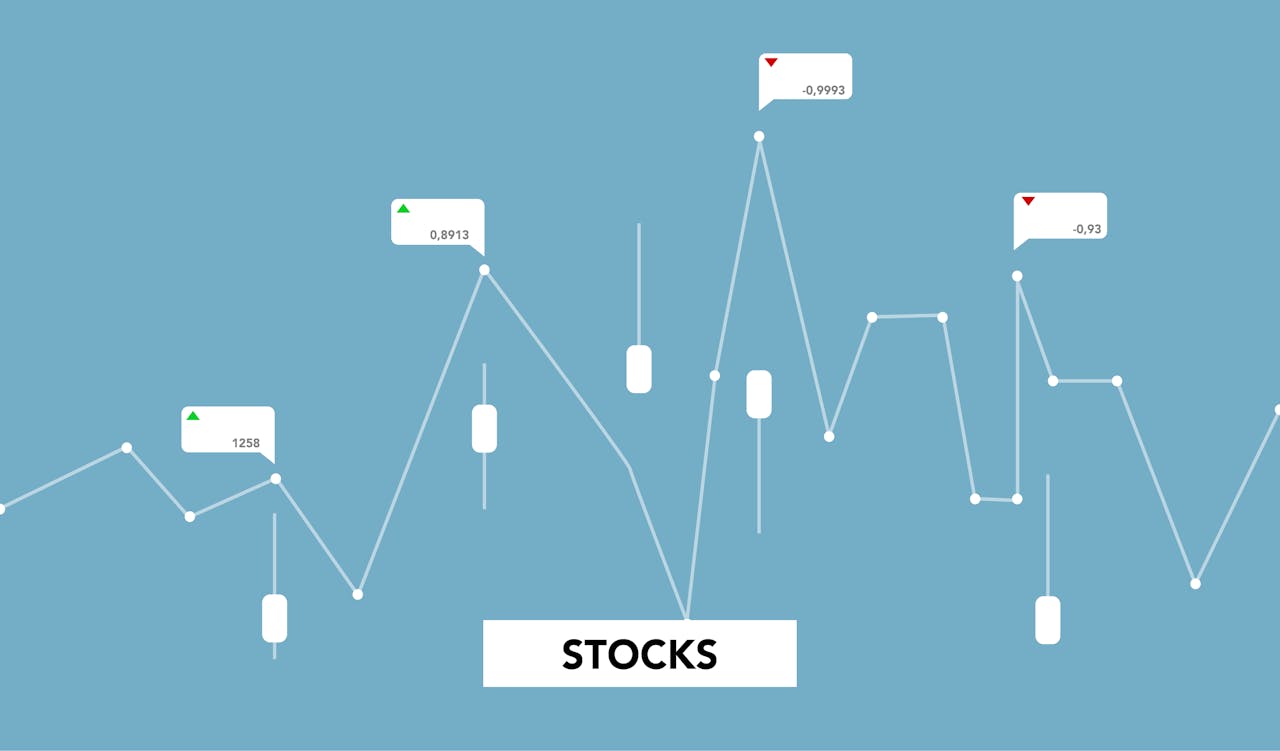Stock market bubbles have been a common occurrence throughout history, affecting both seasoned investors and new market participants. They are marked by rapid increases in the prices of assets, followed by a sudden collapse. These bubbles can cause significant financial losses, but with the right knowledge and approach, you can spot them early and protect yourself from their negative consequences. In this article, we will explore what stock market bubbles are, how to identify them, and how to avoid losses during such periods of market instability.
What Is a Stock Market Bubble?
A stock market bubble refers to a period in which asset prices inflate beyond their intrinsic value. Typically driven by speculative trading, these bubbles can create a false sense of security among investors. As the bubble expands, people begin to buy into the market expecting further growth. Unfortunately, the bubble inevitably bursts, causing prices to plummet. The end result is often severe losses for those who invested at the peak.
The Anatomy of a Stock Market Bubble
Understanding how a bubble develops can help investors detect it before it bursts. There are several phases in the life cycle of a stock market bubble:
- Steady Growth: The market experiences stable growth, driven by solid fundamentals.
- Speculative Interest: More investors, attracted by rising prices, begin to buy in, pushing prices higher.
- Exuberance: People become overly optimistic, and many start investing based on the belief that prices will continue to rise indefinitely.
- The Peak: The asset price reaches unsustainable levels, far above its intrinsic value.
- The Burst: Eventually, the bubble bursts, and prices crash back to realistic levels.
Recognizing these phases is crucial for preventing significant losses during a market bubble.
Key Indicators of a Stock Market Bubble
Several signs can signal the presence of a stock market bubble. By monitoring these indicators, investors can make more informed decisions.
- Rapid Price Increases: If the price of a stock or asset rises significantly within a short period, it may be a sign that a bubble is forming.
- Overvaluation: When the price of a stock greatly exceeds its underlying value, based on metrics like earnings, revenue, or growth prospects, it indicates potential overvaluation.
- Herd Mentality: If a large number of investors are buying an asset simply because others are doing so, rather than based on sound analysis, it may indicate a bubble.
- Increased Speculation: When more people start trading based on speculation rather than fundamentals, it can be a clear warning sign of a bubble.
- Media Hype: A sudden surge in media attention often precedes a bubble. When everyone starts talking about a stock, it’s essential to pause and assess the situation carefully.
How to Spot a Stock Market Bubble Early
Identifying a bubble early can help you avoid entering the market at its peak. Here are some strategies to spot a potential bubble before it bursts:
- Follow the Fundamentals: Focus on companies with strong fundamentals. If their stock prices increase without a corresponding rise in their earnings, be cautious.
- Evaluate the Price-to-Earnings Ratio (P/E): A P/E ratio that is significantly higher than historical averages could suggest that the stock is overpriced.
- Watch for Excessive Volatility: If the market becomes increasingly volatile, it may be a sign of irrational behavior. Sharp fluctuations can often indicate that the market is in a bubble phase.
- Use Technical Indicators: Tools like moving averages, momentum indicators, and relative strength indexes can help spot overbought conditions, which are common during a bubble.
By staying informed and monitoring these signs, you can minimize the chances of entering a bubble too late.
Strategies to Protect Yourself from Stock Market Bubbles
While it may not always be possible to avoid a bubble entirely, there are several strategies that investors can use to protect themselves from the losses associated with a market crash.
- Diversify Your Portfolio: By holding a wide variety of assets, including stocks, bonds, and alternative investments, you reduce your exposure to any one asset or sector. Diversification helps cushion your portfolio from sudden downturns.
- Set Stop-Loss Orders: A stop-loss order automatically sells a stock when its price falls below a certain threshold. This can help limit your losses if a bubble bursts.
- Use Risk Management Tools: Consider using options and other hedging strategies to protect your investments from major losses.
- Avoid Leverage: Borrowing money to invest during a bubble increases the potential for significant losses if the market crashes. Avoid using leverage during periods of market euphoria.
- Stay Informed: Constantly monitor the market and keep track of key financial news. Staying updated will help you anticipate changes in market trends and take action accordingly.
The Role of Behavioral Psychology in Stock Market Bubbles
Investor psychology plays a major role in the formation and bursting of stock market bubbles. During a bubble, the fear of missing out (FOMO) leads many investors to buy in at inflated prices. On the other hand, when the bubble bursts, panic selling can cause prices to fall even further. Understanding behavioral psychology can give investors an edge in identifying bubbles early and avoiding the pitfalls of groupthink.
The Dangers of Chasing High Returns
Many people are drawn to the stock market by the promise of high returns, especially during periods of rapid price appreciation. However, chasing these returns without considering the underlying risks can lead to significant losses. It’s important to remember that the higher the potential reward, the higher the risk. A slow and steady approach, based on thorough research and long-term strategies, is often the best way to build wealth.
Learning from Past Stock Market Bubbles
History is full of examples of stock market bubbles that have caused severe losses for investors. The Dotcom Bubble of the late 1990s, the Housing Bubble of 2008, and the recent cryptocurrency bubbles are all reminders of how easily markets can become disconnected from reality. By studying these past events, investors can better understand the mechanics of bubbles and learn from the mistakes made by others.
Conclusion: Stay Cautious, Stay Informed
Stock market bubbles can be tempting, as they often promise quick profits. However, they are also incredibly risky, and the potential for losses is high when they burst. By learning to spot the signs of a bubble, sticking to a disciplined investment strategy, and remaining cautious during periods of rapid market growth, you can protect yourself from the dangers of speculative bubbles. Keep in mind that investing is a marathon, not a sprint, and focusing on long-term value rather than short-term gains is the key to avoiding losses in any market cycle.
In the end, the best defense against stock market bubbles is knowledge and preparation. Stay informed, stay disciplined, and always be ready to adjust your strategies as market conditions change.
Check out our Facebook or X accounts.
For more topics check here.



